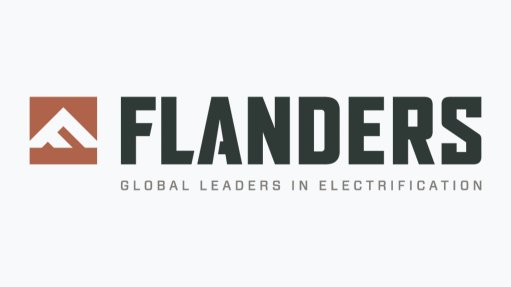New Siltation Management Short Learning Programmes launched

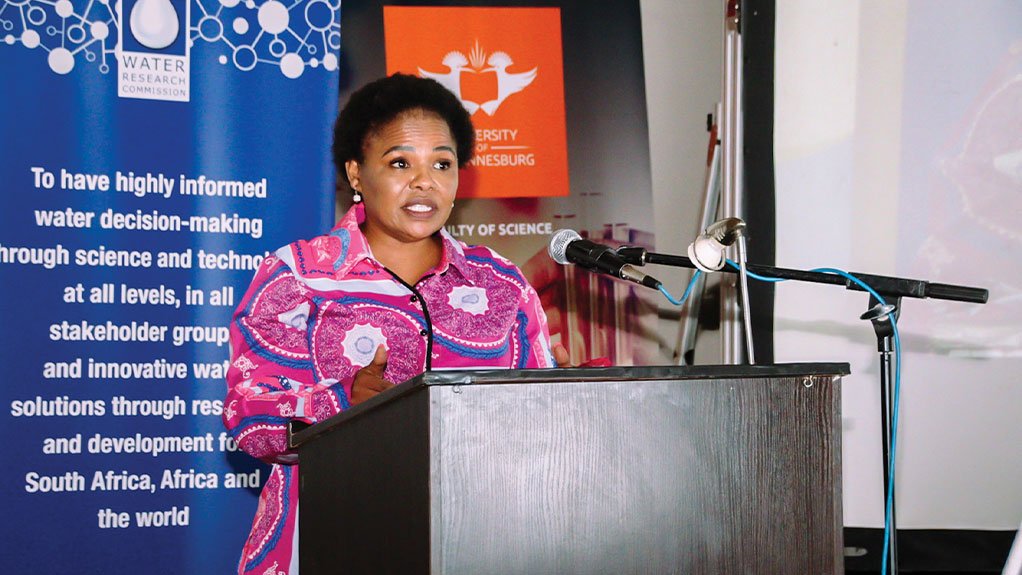
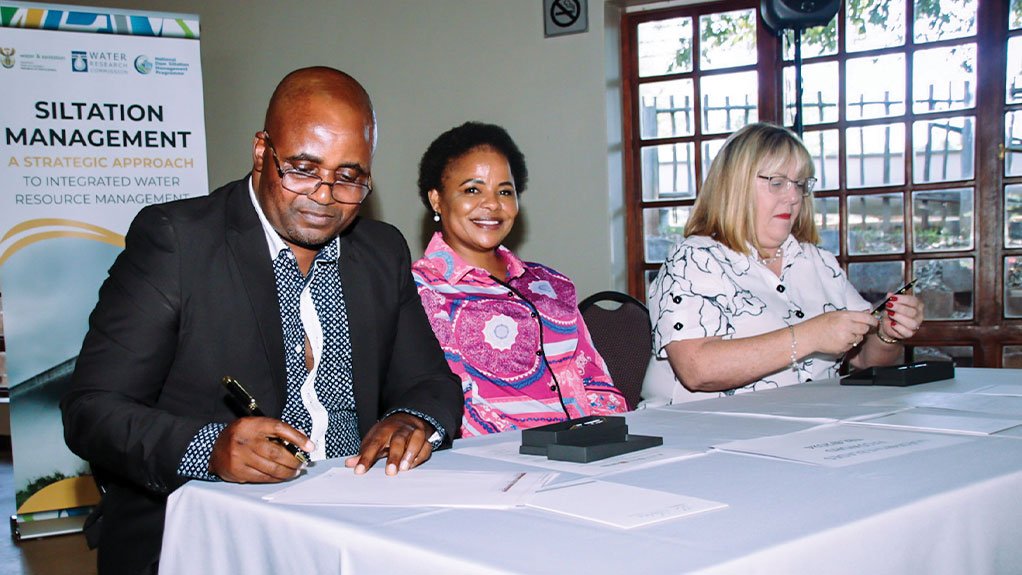
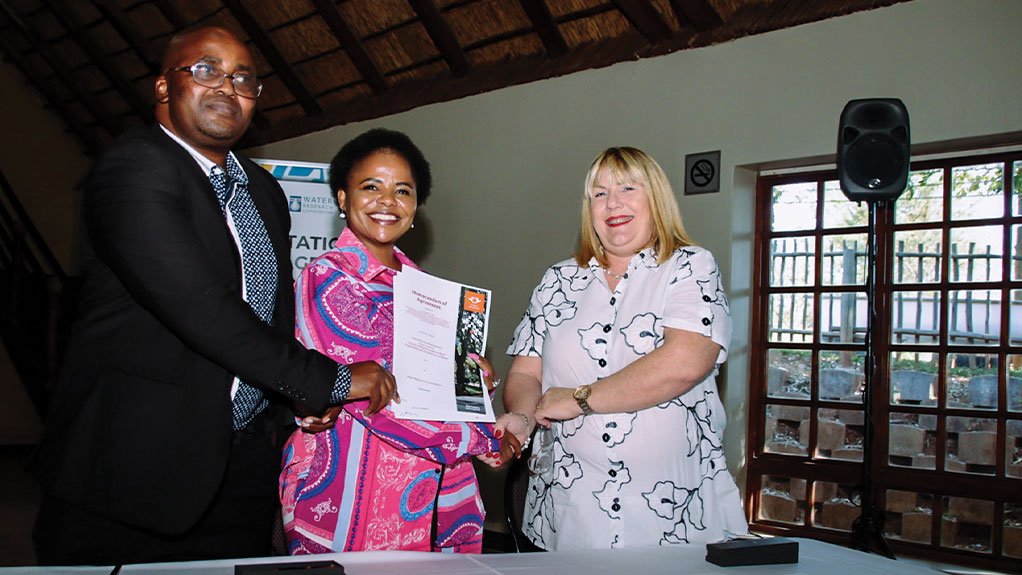
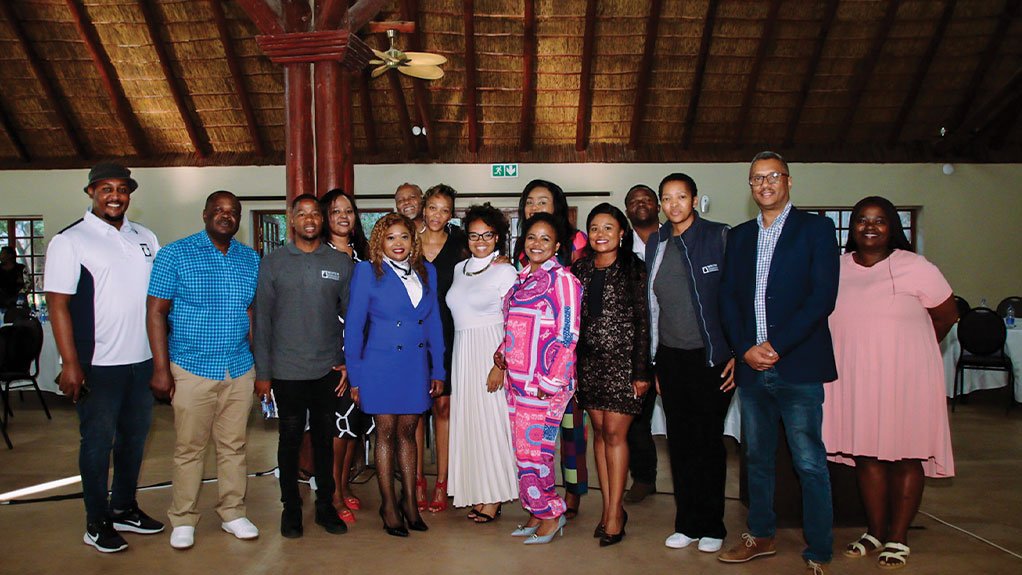
WRC CEO Dr Jennifer Molwantwa
The signing of the partnership memorandum of agreement between (from left) Professor Trynos Gumbo, University of Johannesburg, Dr Jennifer Molwantwa, Water Research Commission and Professor Thea Schoeman, University of Johannesburg
Signed Memoranrandum of Agreement bewtween the water Research Commission and the University of Johannesburg marking the beginning of the partnership
The Water Research Commission team, the University of Johannesburg team and the Department of Water and Sanitation team with the Deputy Minister of the Department of Water and Sanitation Judith Tshabalala
The Water Research Commission (WRC) and the University of Johannesburg (UJ) have partnered to launch six short learning programmes to address critical capacity development challenges in dam siltation management in South Africa.
The six specialist Siltation Manage-ment Short Learning Programmes, the duration of which range from six weeks to three months, aim to upskill and reskill South Africans in managing dam siltation and play a key role in ensuring the country’s water security.
South Africa has a history of building dams to address water security needs and provide bulk water to its population.
Across South Africa, several large dams are steadily losing storage capacity each year owing to soil erosion and land clearance, with several smaller farm dams now full to the brim with silt.
Some of the dams have experienced up to 90% sedimentation, with storage capacity losses owing to siltation ranging between 10% and 30%.
Dam siltation, which is a global challenge, is a process where disturbed sediments are transported into the reservoirs where they settle, resulting in a loss of dam storage capacity, which threatens water security and in turn, threatens food security, ecosystems and economic progress. It affects the reservoir sites and surrounding communities in adverse ways.
It is a situation that requires urgent attention, continuous survey and the development of siltation and sedimentation solutions in the water scarce country, which is facing a 17% deficit of water by 2030.
One of the efforts aimed at ensuring that this threat is managed is the National Dam Siltation Management (NatSilt) Programme, currently being implemented and managed by the WRC on behalf of the Department of Water and Sanitation (DWS).
The ambitious three-phase programme aims to ensure the effective siltation management of 325-plus State-owned, DWS-managed large dams, which hold 90% of South Africa’s total water storage, in an effort to improve the storage capacity of the dams.
“In a country where water shortages have caused considerable economic harm in the past decade, the storage capacity that is retained and restored by siltation prevention will go some way to reduce the water deficit,” says WRC NatSilt senior project manager Lesego Gaegane, adding that the same siltation prevention will preserve scarce fiscal resources by extending the lifecycle of the existing dams.
It is not sustainable to build more dams to offset this storage capacity loss. “We need to think of more sustainable ways.”
The programme has developed a draft strategy to catalyse integrated dam catchment management, providing the DWS a structured framework for addressing siltation management systematically.
The draft strategy emphasises the importance of several key pillars for effective implementation and sustained results.
These pillars include integrated policies within the department, having collaboration platforms across organisations within
their respective mandates, and the use of adequate tools to quantify actual costs, benefits and co-benefits of siltation management related to national goals and the Sustainable Development Goals.
It also focuses on improving and sustaining fiscal support towards siltation management and developing incentive systems for siltation management.
Strengthening regulation, compliance and enforcement, as well as incorporating siltation management into department-integrated planning, are also highlighted.
Additionally, the strategy emphasises the importance of learning from demonstration projects, having consolidated baseline data and equipping people with the required skills through training.
Under the NatSilt programme, the WRC is developing a package of siltation manage-ment solutions, including the relevant tools, models, frameworks, protocols, guides and plans to assist with the implementation and monitoring of the strategy, says Gaegane.
This will assist the DWS in sustaining supply to domestic, industrial, strategic and agricultural bulk water users, as well as save scarce financial resources by extending the life cycle of existing dams.
“We hope to address some of the water challenges that the country is facing but also instil a collaborative approach instead of various institutions and organisations working in silos. However, siltation management should not just be a blanket approach for all dams, but rather, it should be site specific.”
The NatSilt programme has developed a dam basin siltation management operations model, a sustainable dredging model with protocols, a dam basin classification decision-making tool, and four occupational-based skills programmes which have been accredited and registered by the Quality Council for Trades and Occupations.
The Natsilt programme is currently piloting key components of the draft strategy, as well as the models and tools to ensure their veracity and robustness before finalisation. The programme is currently implementing both phase two and phase three concurrently.
Gaegane says that the multi- and trans-disciplinary approaches that have been developed by the NatSilt Programme can help mitigate the water challenges South Africa currently faces.
In line with this, the WRC and UJ signed a Memorandum of Agreement, symbolising the commitment to collaboration, at a launch event for the Siltation Management Short Learning Programmes, in Pretoria, on May 10.
A critical part of the programme has been capacity development, to ensure the support of a new cohort of skilled professionals and citizens and build technical and institutional capacity within the sector to ensure efficient siltation management and the implementation of the interventions.
“When we started with the programme, we realised that there is not much capacity around siltation management. It was not a new concept or a new topic, but it is something that has not been dealt with from a systematic strategic point of view.”
“The science of dam siltation on its own is new, and the short learning programmes and courses that are developed and being launched say that we, as a country and the DWS, are intentional about capacity building and ensuring that the implementation of this strategy can be scientifically done by those with the know-how,” says WRC CEO Dr Jennifer Molwantwa.
The curriculum of the six short learning programmes were borne from the four registered and accredited longer term qualifications that address the broader managerial aspects, including technical, operational and collaborative aspects.
In addition to the need to expand capacity development, the WRC and UJ partnership aimed to develop a formal qualification that could accommodate students that do not, or cannot, partake in the longer term learning programmes.
The strategy targets the upskilling and reskilling of current DWS staff, as well as scientists and engineers, environmental managers, catchment specialists and citizens.
“As we were implementing the programme, we realised the complex nature of siltation management means that it needs a multidisciplinary type of approach and with the short learning programmes, it is quite transdisciplinary,” Gaegane says, noting the participation of both the UJ Faculty of Science and UJ Faculty of Engineering and the Built Environment, as well as industry experts from the Ekurhuleni Water Care Company, uMngeni-uThukela Water and the Makhuduthamaga Local Municipality.
The short learning programmes range from various National Qualifications Framework (NQF) 4 to 8 and comprise Dam Siltation Manager; Dam Siltation Practitioner; Dam Siltation Process Controller Part 1; Dam Siltation Process Controller Part 2; Dam Siltation Process Controller Practical; and Dam Siltation Network Partnership and Coordinator.
The classes will be offered online, through an elearning platform, with the practical components accommodated at dams near the students, as the team ultimately aims to expand the courses nationally.
“It is not just a university programme, in which only DWS employees can enrol. We are trying to reach everyone in different provinces, we have been making connections not only with industry, but also speaking to our other counterparts in other universities.”
However, with these short learning programmes still in the infancy stage, this is a longer term ambition.
DWS technical engineering services director Vincent Monene says that the various skills development programmes are assisting the DWS in building capacity to enhance the operations and maintenance of South Africa’s entire water infrastructure.
The building of capacity through this programme will assist the DWS to restore the storage capacity of the country’s infrastructure while it raises dam walls to increase water storage capacity.
Further, the NatSilt programme will assist in influencing policy development around water infrastructure, operations and maintenance and forward planning, as well as ensuring the development of specialisations and expertise for the future as the country continues to manage dam siltation going forward.
UJ Faculty of Science Department of Geography, Environmental Management and Energy Studies head of department professor Dr Thea Schoeman says that siltation management will be ongoing.
“We are facing natural processes of severe erosion. Even if we managed to revegetate certain slopes, for example, they will need to be continuously maintained.”
In addition to the short learning programmes training and empowering people, there is a possibility of the emergence of new developments, new research and new products as experts learn more about dam siltation management, says UJ Faculty of Engineering and the Built Environment civil engineering and environment head of school professor Trynos Gumbo.
“The short learning programmes will also provide opportunities to work with communities to make sure that they are part of the cause.”
Tel: 012 761 9300
Email: lesegog@wrc.org.za
Article Enquiry
Email Article
Save Article
Feedback
To advertise email advertising@creamermedia.co.za or click here
Comments
Announcements
What's On
Subscribe to improve your user experience...
Option 1 (equivalent of R125 a month):
Receive a weekly copy of Creamer Media's Engineering News & Mining Weekly magazine
(print copy for those in South Africa and e-magazine for those outside of South Africa)
Receive daily email newsletters
Access to full search results
Access archive of magazine back copies
Access to Projects in Progress
Access to ONE Research Report of your choice in PDF format
Option 2 (equivalent of R375 a month):
All benefits from Option 1
PLUS
Access to Creamer Media's Research Channel Africa for ALL Research Reports, in PDF format, on various industrial and mining sectors
including Electricity; Water; Energy Transition; Hydrogen; Roads, Rail and Ports; Coal; Gold; Platinum; Battery Metals; etc.
Already a subscriber?
Forgotten your password?
Receive weekly copy of Creamer Media's Engineering News & Mining Weekly magazine (print copy for those in South Africa and e-magazine for those outside of South Africa)
➕
Recieve daily email newsletters
➕
Access to full search results
➕
Access archive of magazine back copies
➕
Access to Projects in Progress
➕
Access to ONE Research Report of your choice in PDF format
RESEARCH CHANNEL AFRICA
R4500 (equivalent of R375 a month)
SUBSCRIBEAll benefits from Option 1
➕
Access to Creamer Media's Research Channel Africa for ALL Research Reports on various industrial and mining sectors, in PDF format, including on:
Electricity
➕
Water
➕
Energy Transition
➕
Hydrogen
➕
Roads, Rail and Ports
➕
Coal
➕
Gold
➕
Platinum
➕
Battery Metals
➕
etc.
Receive all benefits from Option 1 or Option 2 delivered to numerous people at your company
➕
Multiple User names and Passwords for simultaneous log-ins
➕
Intranet integration access to all in your organisation













